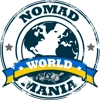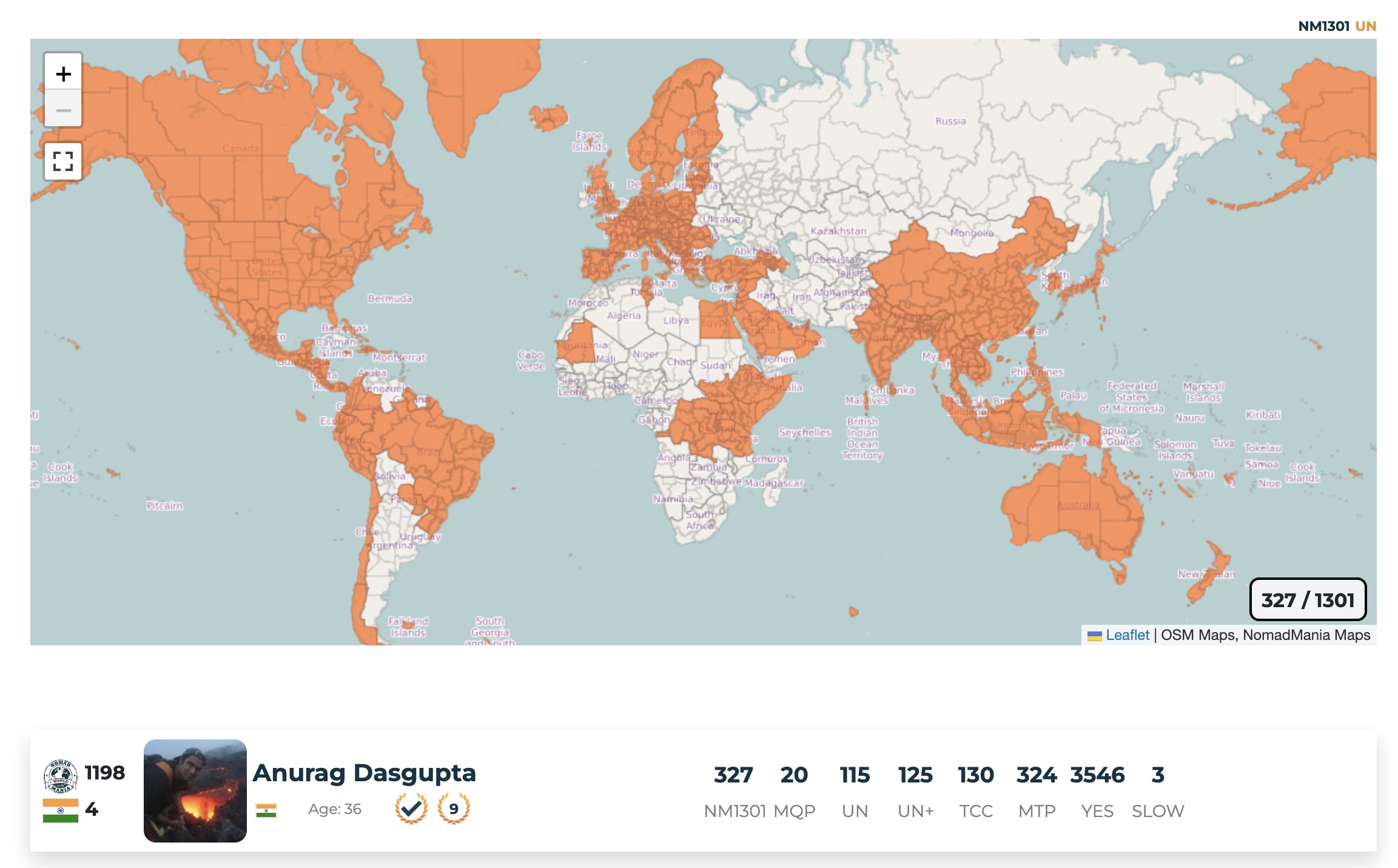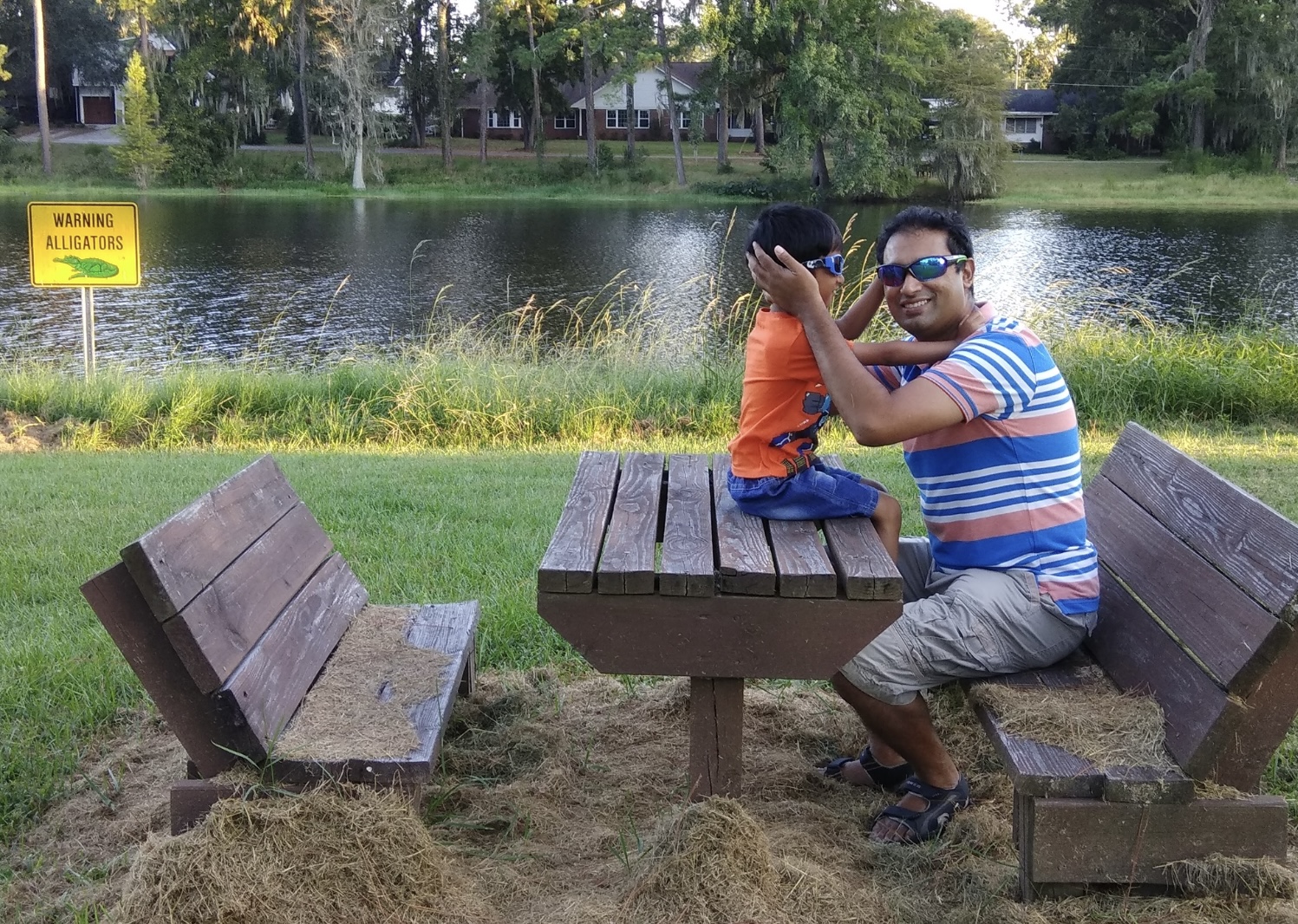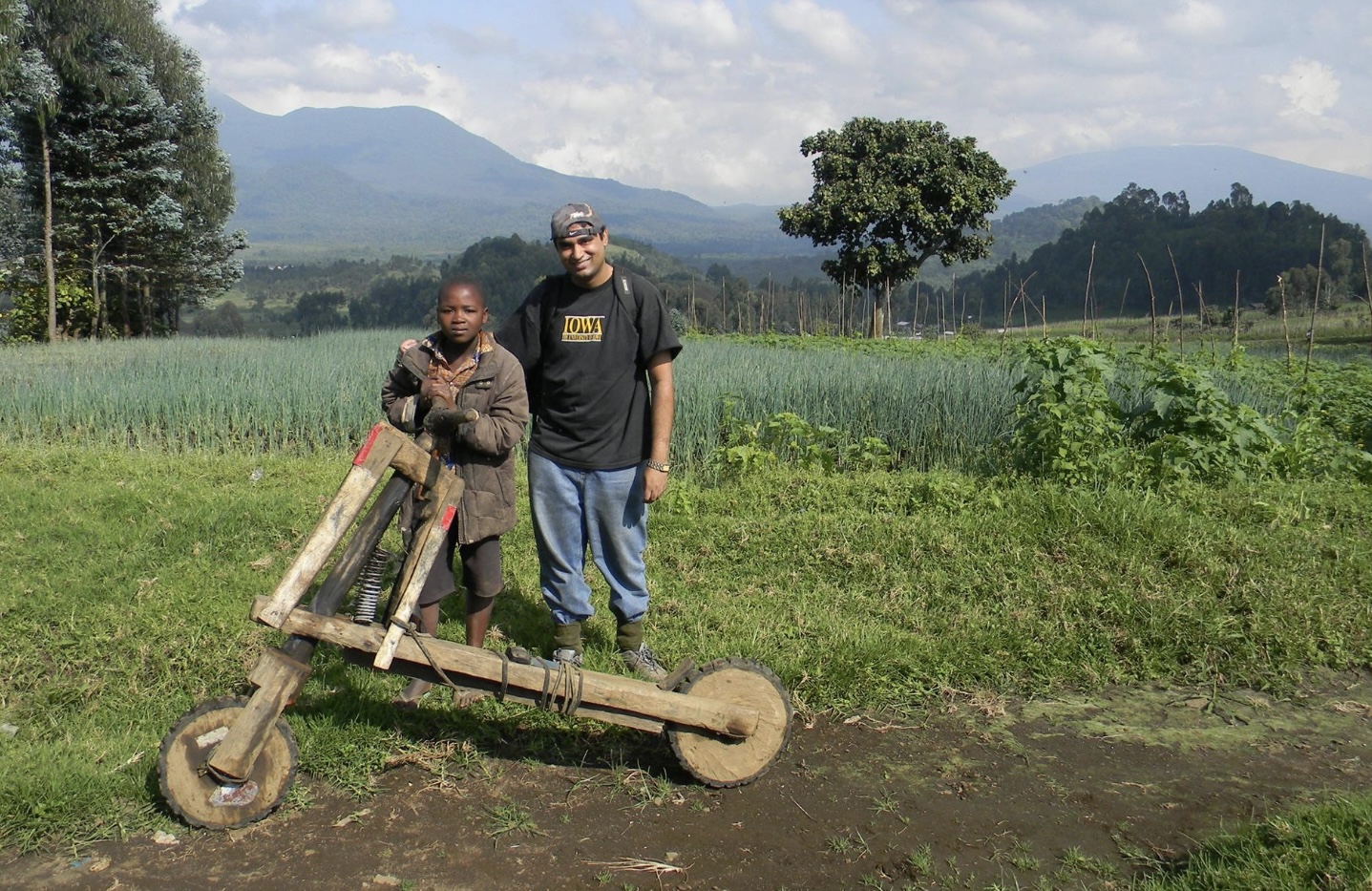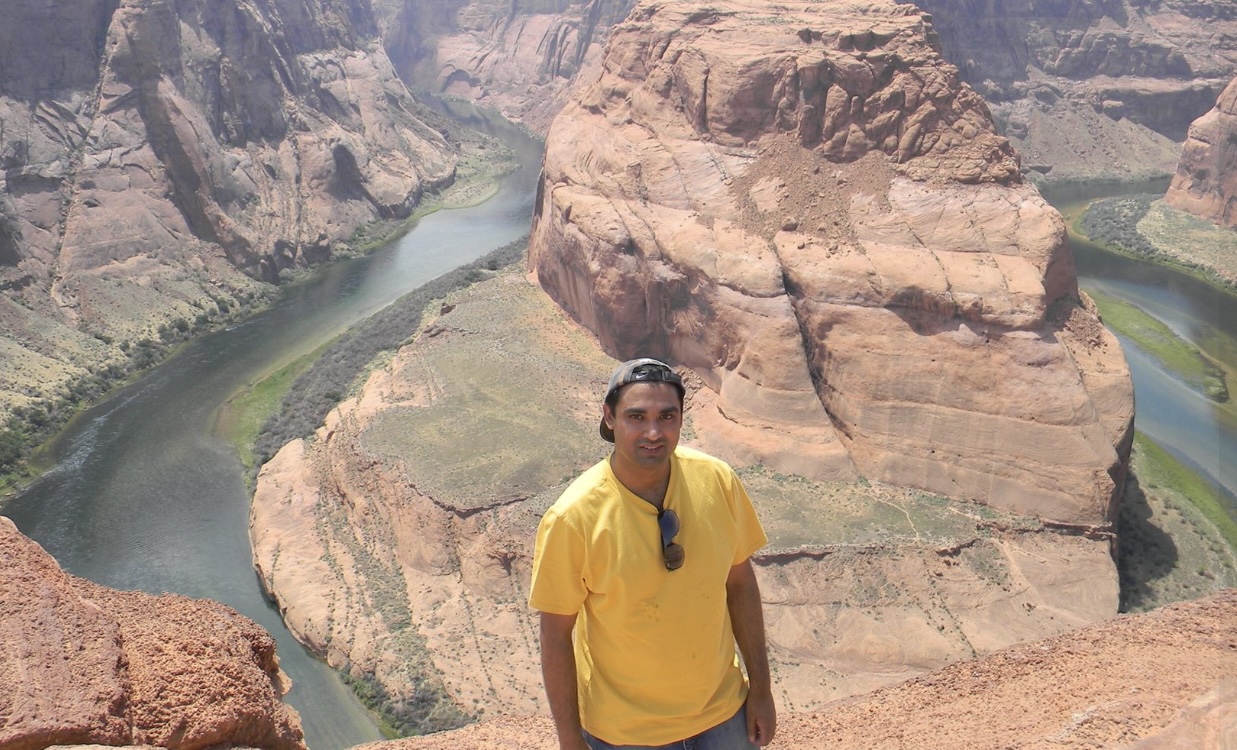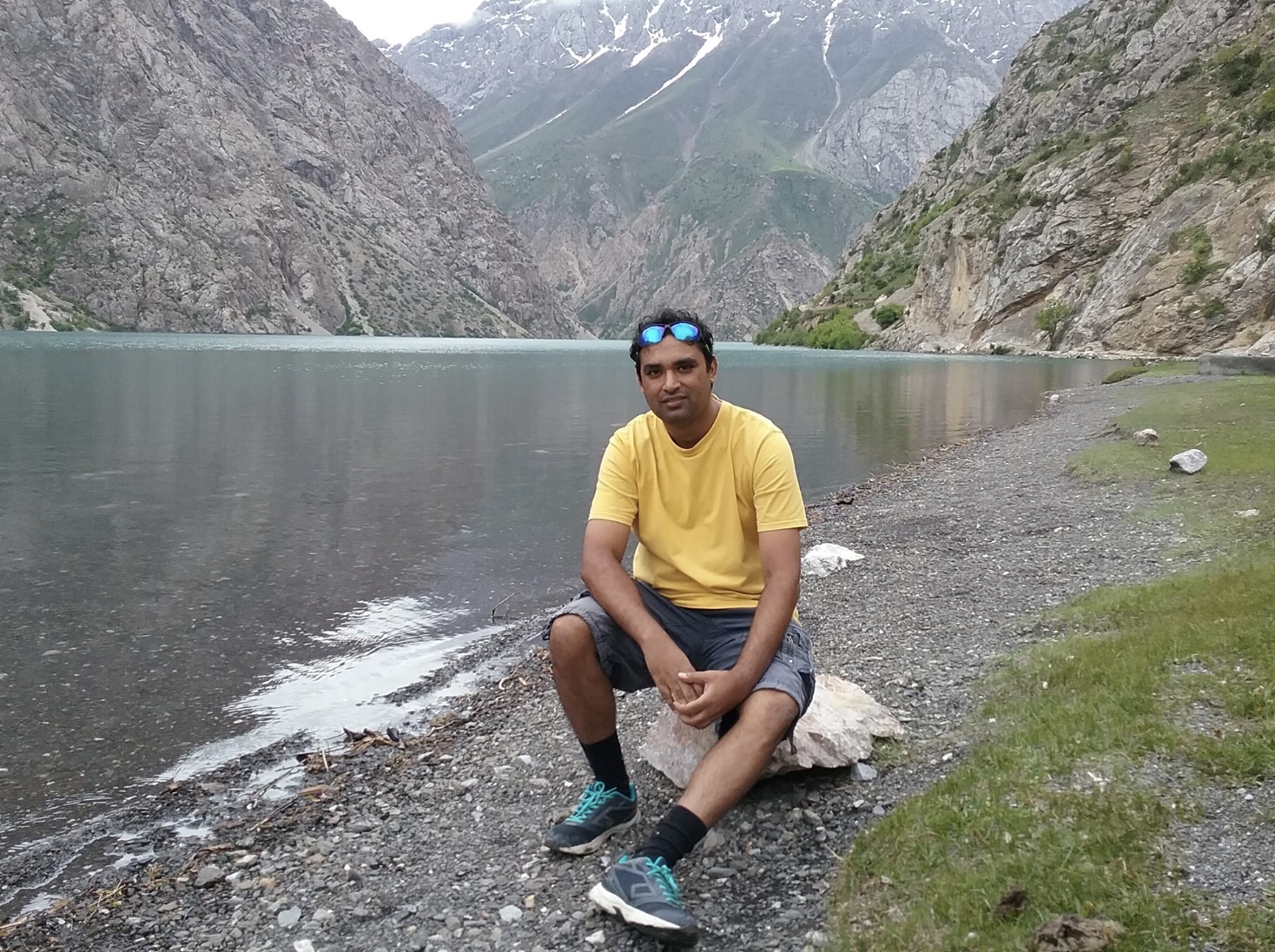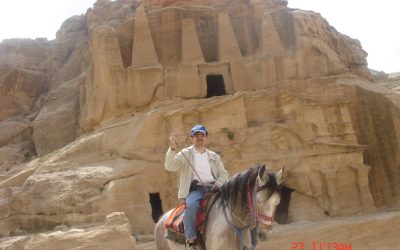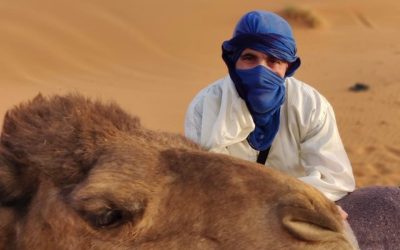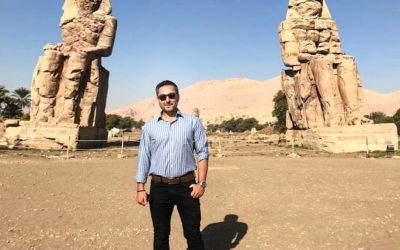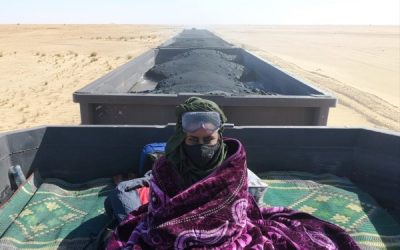Meet Anurag Dasgupta, the man whose footprints traverse over 160 nations and counting. The first glance might paint him as just another traveler, but delve deeper, and you’ll find an intrepid explorer with an insatiable thirst for the unknown. From bustling European capitals to the obscure corners of Guinea-Bissau, Anurag’s journey is marked not just by the number of stamps in his Indian passport, but by the myriad of challenges he’s faced, the people he’s met, and the countless stories he’s gathered along the way. In this exclusive interview, we delve into his world, exploring the essence of travel through the lens of his unique experiences.
This interview is also available in video format on our Youtube channel.
Looking back at our first meeting, first of all, the more obscure the place is, the more interesting the meeting is and Guinea-Bissau is definitely out of the main travel paths for most people. So when I met you in the small hotel there, I was very surprised even impressed by your travel recourse because back then I was at approximately 85 – 90 countries, and as far as I remember, you were at about 130 back then, all the way back in 2016. How many countries have you visited now?
I’ve traveled to approximately 163 or 164 countries. After COVID, my travels slowed, but I’m resuming them now. I’ve taken numerous domestic road trips in the US. My son, who enjoys traveling, has joined me on many of these journeys. He has visited 48 out of the 50 US states, only needing to see Alaska and New Mexico. We plan to visit New Mexico this year. We intended to travel to Alaska this summer, but due to a recent conference, we’ve postponed it to next year.
I’m pretty sure that wouldn’t be a problem having such a dedicated traveler being his father. As I understand, you live in the US and you still hold an Indian citizenship, right? So you travel with an Indian Passport?
Yes, I hold an Indian passport. Possessing a US Passport, or a strong passport for that matter, simplifies things significantly. Acquiring visas from different countries can be quite a hassle. I often say that my travels begin long before the actual trip because of the visa process. It’s not always a matter of sending in your documents to receive a visa, followed by buying the ticket. It requires extensive planning.
Sometimes, the visa process requires my physical presence, even multiple visits. For instance, I’ve had to visit the consulate in Atlanta, which is three and a half hours away from me, three or four times just to get a visa. It’s not always a straightforward task.
I understand, being Ukrainian myself. The Ukrainian passport has improved, but traveling to over 160 countries with an Indian passport is commendable. At NomadMania, we prioritize inclusivity and celebrate those traveling from developing countries or with weaker passports. We have a unique low passport index ranking specifically for those who travel with challenging passports, and based on your accomplishments, you should rank highly on that list.
Once I update the website, I’ll also refresh my profile on NomadMania. It’s been some time since I last did. I assure you I’ll do it soon.
No worries, updating the profile can be time-consuming. Still, we intend to nominate you for our annual NomadMania awards. Every year, we host an event akin to the Oscars within the travel community, covering various categories. This year, the NomadMania Awards will be held in Ukraine, marking its debut as a live event. Among the categories is the ‘biggest low passport index traveller’, for which I’ve nominated you. The results are determined by votes, so let’s see how it unfolds. Hopefully, you face worthy competition.
I’m truly grateful for the nomination. Yet, both of us travel for the love of it, not for awards. Still, it’s kind of you to nominate me, and I genuinely appreciate it
Absolutely, as you mentioned, it’s the love for travel that drives us. Growing up in Calcutta, India, how did your journey begin? What sparked your wanderlust? I’d love to hear about your background and your initial days of exploring.
In India, we are from the state of West Bengal. Amongst Indians, Bengalis are renowned for their love of travel. Growing up, my parents and I traveled frequently. We usually had two extended breaks: one during festival season and the other in winter. While there’s also a summer vacation, the intense heat in India often makes it less desirable for travel.
During the festival and winter vacations, I’d travel with my parents who had a penchant for exploring India. This early exposure is likely where my passion for travel began. While I didn’t venture abroad much, I did visit the States with my parents when I was just two or three years old. However, I barely have any recollections of that trip.
After coming to the US for my PhD, I saw a chance to travel. Being in the US meant I could explore the country and also save up for trips abroad. I began with trips around the US, and my first journey outside was to Europe in 2005. After visiting a few European countries, I felt confident and enjoyed traveling more. Funny enough, I once missed my flight from New York to Paris because I got caught up watching a magic show in Central Park and lost track of time.
I was a backpacker and traveled on a budget since I was a student. Mostly, I used public transport. In New York, I didn’t realize how much time public transport could take, and that’s why I missed my first international flight from New York to Paris.
Looking back, it was a good experience. Even though I missed my flight, I learned how to handle travel challenges. I had to rebook another flight for the next day and adjust my plans. These small changes taught me a lot on my first international trip. I realized that while travel is fun, it becomes even more rewarding when you navigate through challenges.
In 2007, I went to South America for the first time. I visited Colombia, Ecuador, and then Peru. While in southern Peru, there was a big earthquake, close to 8.0 in magnitude. It was chaotic, people were scared, and my parents in India were really worried. So, from the start of my travels, I’ve faced many challenges. Before the earthquake, my 14-day trip was going smoothly up to day 9 or 10. Everything was going just as planned. By that point, I felt things were getting too predictable and wanted to make it more interesting. So, while on a bus journey, I spontaneously decided to get off in the middle of nowhere, just to see how things would turn out.
Since everything was going smoothly, I wanted to introduce some challenge and embrace the unknown. I got off the bus in an unfamiliar place with the idea of catching the next bus or even hitchhiking if necessary. I wanted to see what would unfold without a set plan. A few days after this decision, the unexpected earthquake hit towards the end of my trip.
(laughs) So the Peruvians can blame you because you were attracting challenges for your trip?
Well, yeah, that was something I wouldn’t wish on anyone. An 8.0 magnitude earthquake hit southern Peru in August 2007. If I recall correctly, between 300 to 400 people lost their lives. I was fortunate that morning. The epicenter was in a town called Ica, where I happened to be. I took a bus from Ica to Nazca, a two-hour ride, on that very day, which distanced me from the epicenter. When the quake struck in the late afternoon, I was about 120 kilometers away. In Ica, nearly 80% of buildings were destroyed. That day, I was in Nazca, having toured the famous Nazca lines on the mountains. Later, I was in an internet cafe near the bus station waiting for my next ride when the earthquake happened. Even 120 kilometers away, its impact was strongly felt.
Okay. So you, you have some stories to tell. Did you face any dangerous situations on any of your trips?
Throughout all my years of travel, I’ve only had a few negative experiences, and thankfully none were physically violent. One instance was in Mexico in 2014 when I was mugged. I created perfect conditions for this to happen to me. I took a bus to the suburbs, engaged with local kids, took photos, and then ventured into the hills outside the city for a panoramic view. There, isolated and alone, two men approached me with knives. I handed over everything without resistance. While it was a risky situation given the secluded location and the presence of weapons, it served as an important lesson for me.
When people hear about alarming incidents in the media or see distressing events on TV, they often perceive certain countries as dangerous. However, my few negative experiences occurred in countries typically deemed safer. Contrarily, in nations that media portrays as ‘bad,’ I’ve had incredible experiences. Approaching places with an open heart and mind usually leads the world to present its best side, with the most amazing people and events.
So what do you do when you travel? Do you have like a particular travelling style? How would you describe your way of travel?
Over the years, my perspective on travel has evolved. Initially, I felt the need to do sightseeing everywhere I went. But as I traveled more, I recognized that sightseeing is just one facet of the journey. Truly engaging with and understanding locals provides a deeper insight into a place. Now, while I still value seeing key attractions, I prioritize connecting with the people of a region. This offers a richer understanding and more authentic experience.
So like a lot of people ask me why I go to obscure places. What is there to see? And I say even if there’s nothing to see there, there are people there, there are wonderful dishes. I like to experience local dishes. So even if there is no sightseeing, you still have food, you still have the people and that’s enough for me. Every place has that. So I don’t mind going to a place where there is no sightseeing in a traditional sense. But there are other things like that. There is definitely someone to meet and something to try something to ea and that is true for almost every place in the world.
I always tell people that if you take a map of the world and you see some settlements, some roads and so on, it doesn’t matter where you point on the map. There most probably will be people more densely or more spatially populating that entire area. And those people, notwithstanding their cultural background, usually have similar needs as we have. And those basic needs can be divided into three categories. Number one is having shelter on your head. Number two eating and number three is how to get somehow from point A to point B. So these three basic things will always be available there. It is just, the format can be a little bit different.
So you live in the US and you’re still an Indian citizen. What do you do for a living and how do you manage to combine that with travelling?
I’m an Associate Professor of Computer Science at Valdosta State University in southern Georgia. While I can’t travel during the semester, academia provides breaks like summer, winter, and shorter ones like spring break or Thanksgiving. These breaks influenced my decision to remain in academia rather than moving to the industry. From mid-May to mid-August, we’re usually free, and although there are summer courses, they’re mostly online in computer science, giving me flexibility.
We have our famous NomadMania question which is – if you could pick 3 people to have lunch or dinner with, these could be historical figures or people who live in modern time. Who would they be?
I love sports so In tennis, Nadal is my top pick. I’d love the chance to chat with him over dinner. Similarly, in football, Messi is my favorite. He’d be on my dinner list as well.
